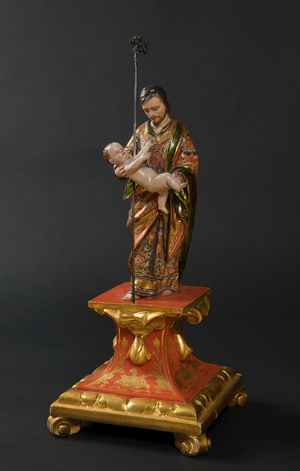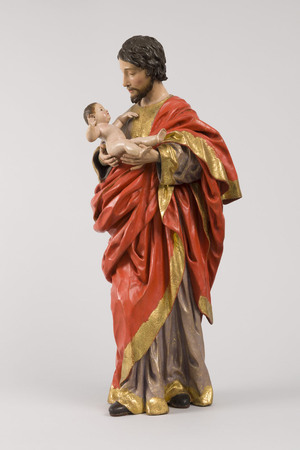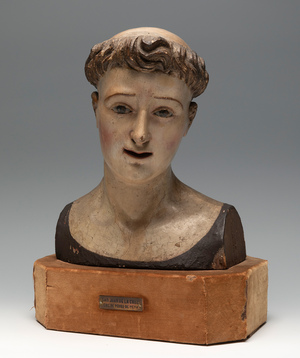Pedro de Mena - Master of the Passion
The imagery of the Spanish 17th century has always been an object of worship and devotion, since beyond its artistic purpose, they were created to bring parishioners closer to faith. In recent years, the international market has echoed the quality and skill of these sculptors.
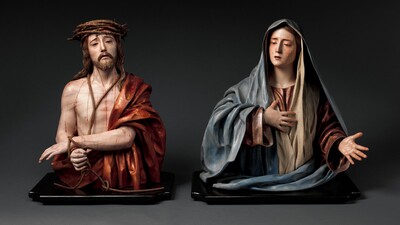
Pedro de Mena y Medrano (1628-1688) is today the most renowned master of Spanish Baroque sculpture, whose international recognition has been achieved in recent years in part thanks to the exhibition organized by the National Gallery in London in the year
2010: The Sacred Made Real – Spanish Painting and Sculpture 1600-1700, whose overwhelming success in attendance generated great expectation.
As a result of this exhibition, the international market, both private and public, began to be interested in and include pieces by great masters of
Spanish imagery. In addition to Mena, others such as Martínez Montañés, Juan de Mesa or Gregorio Fernández can be seen today in museums around the world.
Pedro de Mena began his artistic training in his father’s workshop before joining the workshop of Alonso Cano (1601-1667), another of the great Spanish sculptors and painters of the time. Mena’s style is very indebted to the latter -although more theatrical and naturalistic- but his contributions to Spanish sculpture of the Golden Age are unsurpassed both for the skill
technique as well as for the expressiveness of its religious themes. His ability to sculpt the human body was remarkable, and he excelled at creating figures and scenes for contemplation, which led him to be considered the ‘Spanish Bernini’.
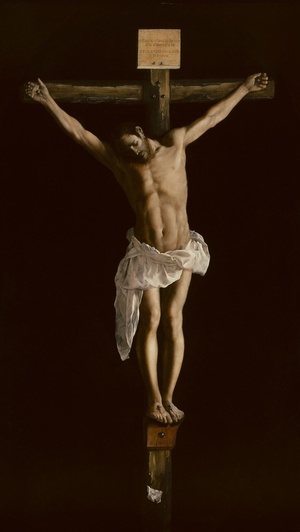
Unlike painting, the art of polychrome sculpture is notable for the fact that many of his greatest masterpieces were destined not for museums, but for churches, convents and cathedrals, due to their strong devotional charge. Instead of being considered exclusively works of art, Spanish polychrome sculptures are still preserved for their function, as religious objects that are worshiped by devotees and paraded through the streets.
during the Holy Week processions.
Just as the names of the seventeenth-century Spanish painters are universally known- Velázquez, Zurbarán, Murillo- the great masters of seventeenth-century Spanish sculpture are
still largely unknown to the general public. And yet, the arts of painting and sculpture were intimately linked during this period, as many painters were commissioned to polychrome and stew them. Zurbarán is documented as possessing carved images early in his career, and a painting such as Christ on the Cross (1627), now in the Art Institute of Chicago, reveals his enormous debt to the art of the
polychrome sculpture.
Four hundred years later, our contemporary taste for the hyper-real has meant that these sculptors are finally being valued and considered alongside their contemporary painters. The piece that Setdart is putting out to tender on May 10 “San José con el Niño” can be classed in the environment of the sculptor from Granada, probably following models of the recent acquisition of the National Museum of Sculpture in Valladolid.
In the same way, this time the
Bust of Saint John of the Cross, reminiscent of the shapes and finishing touches of the Granada sculptor’s circle.

